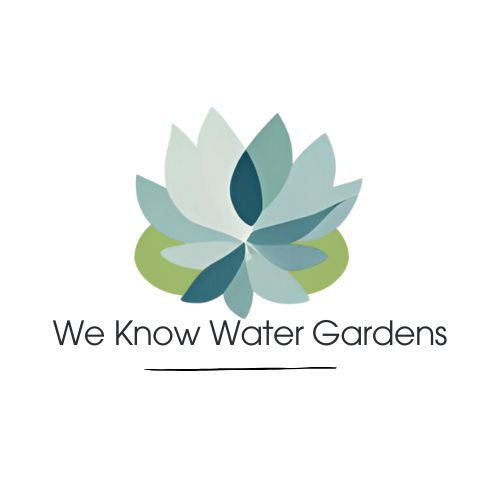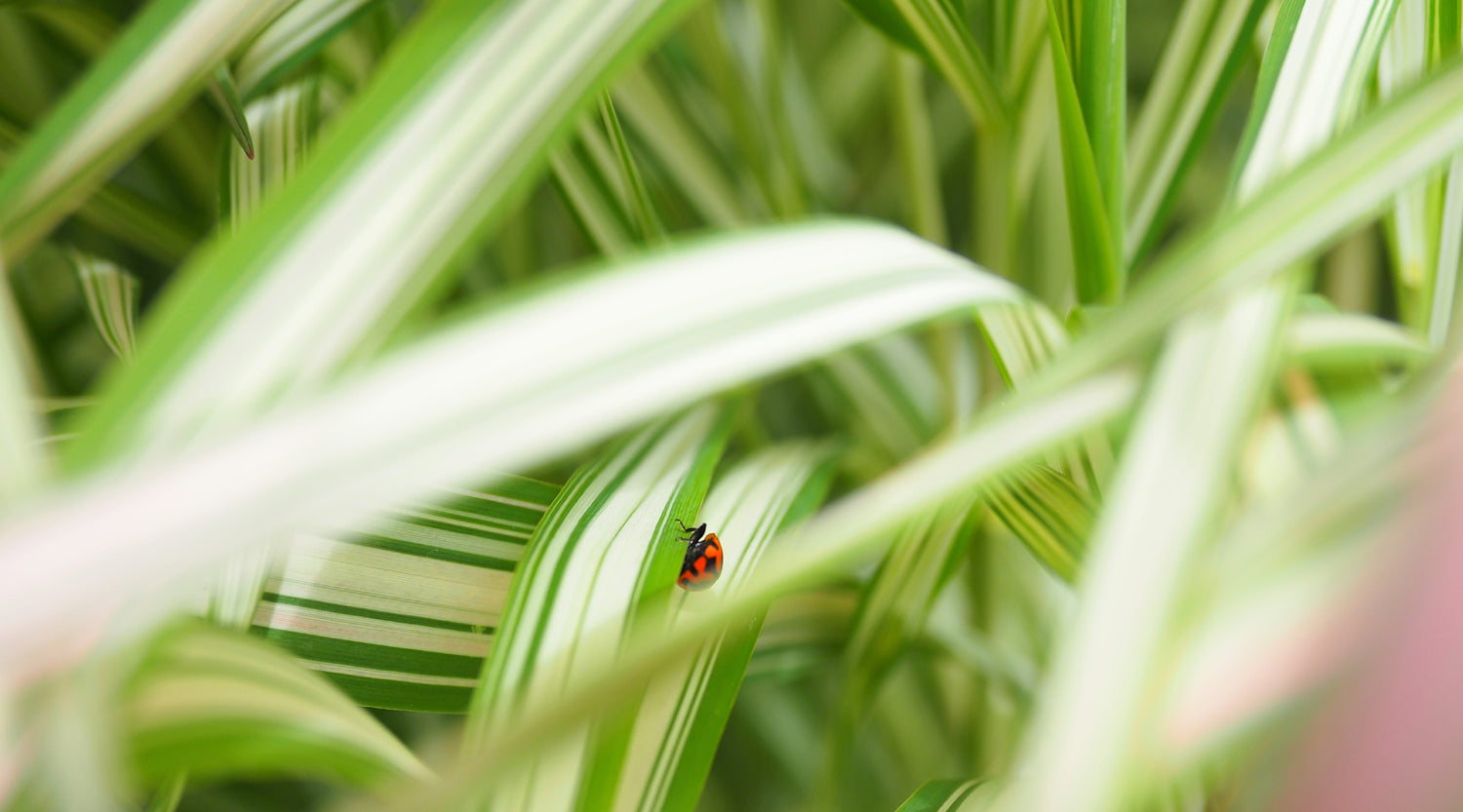Home
>
We Know Water Gardens Blog
>
The Ultimate Guide to Growing Native Nymphoides in Australia: Tips and Tricks for Success
The Ultimate Guide to Growing Native Nymphoides in Australia: Tips and Tricks for Success
on Oct 06, 2023

Welcome to the ultimate guide to growing native Nymphoides in Australia! Whether you're a seasoned horticulturist or a beginner plant enthusiast, these fascinating aquatic plants can bring new life to your backyard pond or garden.
Native Nymphoides, also known as water lilies or floating heart plants, are renowned for their stunning flowering displays and ability to thrive in various water conditions. In this comprehensive guide, we'll provide you with tips and tricks to ensure your success in growing these beautiful plants.
From selecting the best nymphoides variety to understanding their specific care requirements, we'll cover it all. You'll learn about the ideal planting conditions, effective maintenance techniques, and how to prevent common issues like pests and diseases.
Whether you want to enhance the aesthetics of your outdoor space or create a natural habitat for local wildlife, growing native Nymphoides can be a rewarding experience. So, let's dive in and discover the secrets to cultivating these captivating aquatic plants in Australia.
Native Nymphoides species in Australia
Australia boasts a diverse range of native Nymphoides species, including Nymphoides geminata, Nymphoides crenata and our favourite, Nymphoides spinulosperma. These aquatic plants grow naturally in various water bodies, including streams, rivers, and billabongs. The Nymphoides genus is part of the Menyanthaceae family and is known for its attractive foliage and delicate flowers.
Nymphoides spinulosperma, commonly known as the Marbled Marshwort or Showy Marshwort, is a fast-growing plant with round leaves and small yellow flowers. The leaves can grow to a diameter between 5-8cm. It prefers calm, shallow water with a pH range of 6.5 to 7.5 and is suitable for small ponds or water features.
.
Native Nymphoides growing requirements
Native Nymphoides plants require specific growing conditions to thrive. As aquatic plants, they need to be grown in water or in a soil mix that retains moisture. They also require a significant amount of sunlight to photosynthesise and produce energy.
plants, they need to be grown in water or in a soil mix that retains moisture. They also require a significant amount of sunlight to photosynthesise and produce energy.
When planting Nymphoides, it's important to choose a location that receives full or partial sunlight. These plants can grow in various water conditions, including still or running water, but they prefer calm, shallow water with a pH range of 6.5 to 7.5. Additionally, Nymphoides should be planted in nutrient-rich soil or a soil mix that retains moisture to support their growth.
Choosing the right location for Native Nymphoides
Choosing the right location for your Nymphoides plants is crucial to their growth and survival. As mentioned earlier, these plants require sunlight and specific water conditions to thrive. When selecting a location, consider the amount of sunlight the area receives and the water conditions.
Nymphoides plants prefer calm, shallow water with a pH range of 6.5 to 7.5. If you're planting in a pond, ensure that the water is not too deep and has a slow flow rate. If you're planting in a container or a small water feature, make sure that the location receives enough sunlight and has adequate drainage to prevent waterlogging.
In addition to sunlight and water conditions, consider the surrounding environment. Nymphoides plants grow best in areas with minimal disturbance and competition from other plants. Planting in a location with minimal foot traffic or water disturbance can help your plants grow faster and healthier.
Native Nymphoides maintenance and care tips
Maintaining and caring for your Nymphoides plants is crucial to their long-term growth and survival. Here are some tips to help you care for your plants:
1. Fertilise regularly
 Nymphoides plants require regular feeding to promote healthy growth and flowering. Use a slow-release aquatic fertiliser to provide the necessary nutrients to your plants. Follow the manufacturer's instructions and apply the fertiliser at the recommended intervals.
Nymphoides plants require regular feeding to promote healthy growth and flowering. Use a slow-release aquatic fertiliser to provide the necessary nutrients to your plants. Follow the manufacturer's instructions and apply the fertiliser at the recommended intervals.
2. Prune regularly
Regular pruning is essential to prevent overcrowding and maintain the health of your Nymphoides plants. Trim off any dead leaves or flowers and remove any excess growth to promote airflow and prevent the build-up of debris.
3. Control pests and diseases
Nymphoides plants are susceptible to various pests and diseases, including aphids, snails, and fungal infections. Regularly inspect your plants for any signs of infestation or disease and take appropriate measures to control them.
4. Winter care
During the winter months, Nymphoides plants can go dormant or die back. If you live in a colder climate, consider moving your plants indoors or covering them with a floating row cover to protect them from freezing temperatures.
Native Nymphoides companion plants
Native Nymphoides can be planted alongside other aquatic plants to create a natural and diverse ecosystem. Here are some companion plants that can complement your Nymphoides plants:
Water Iris (Lake Ouachita)
Water Iris is a great companion for Nymphoides as they share similar growing conditions and bloom in similar seasons. These plants have tall foliage to compliment the trailing and spreading form of Nymphoides.
Brahmi Bacopa Monnieri
 A stunning native, Brahmi will provide a spreading mat like form and is useful to fill in any gaps quickly in your pond or water garden.
A stunning native, Brahmi will provide a spreading mat like form and is useful to fill in any gaps quickly in your pond or water garden.
As well as having traditional healing properties when used as a tea or in salads, it also has a delicate white flower.
Hardy Water Lilies
 Nymphoides is sometimes referred to as an Australian native water lily. The name Nymphoides means similar to, or in the form of, a Nymphaea (water lily), but implies no direct relationship to that genus. Regardless of this, our Nymphoides spinulosperma grows well with hardy water lilies as companion plants in any pond or water garden.
Nymphoides is sometimes referred to as an Australian native water lily. The name Nymphoides means similar to, or in the form of, a Nymphaea (water lily), but implies no direct relationship to that genus. Regardless of this, our Nymphoides spinulosperma grows well with hardy water lilies as companion plants in any pond or water garden.
Growing native Nymphoides in Australia can be a rewarding experience. These Aussie pond plants are known for their stunning flowering displays and ability to thrive in various water conditions. By understanding their specific growing requirements and following the maintenance and care tips, you can ensure the success of your Nymphoides plants. Additionally, planting them alongside other aquatic plants can help create a diverse and natural ecosystem in your pond or water feature. So, get ready to bring new life to your outdoor space with native Nymphoides in Australia!
© weknowwatergardens 2023
Share

